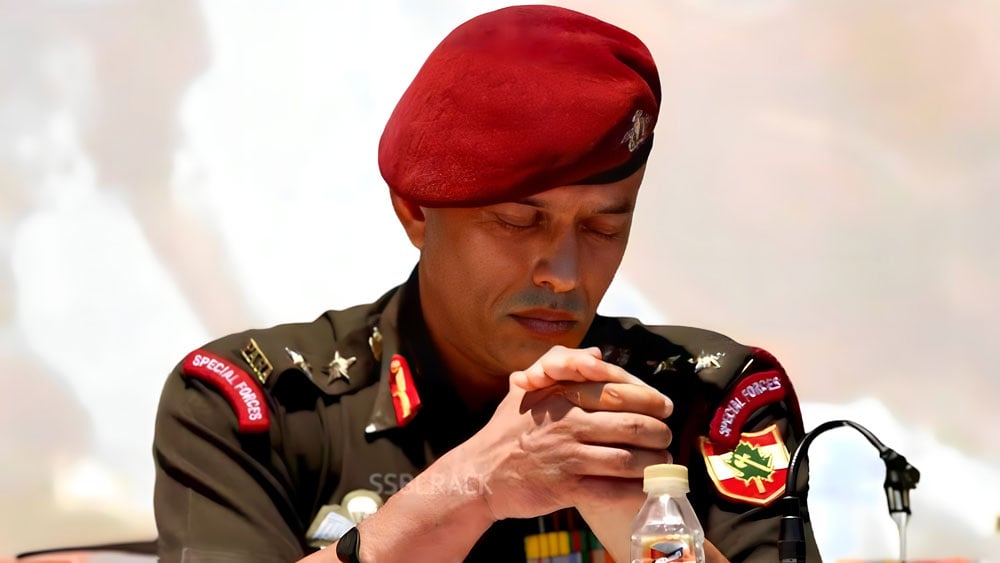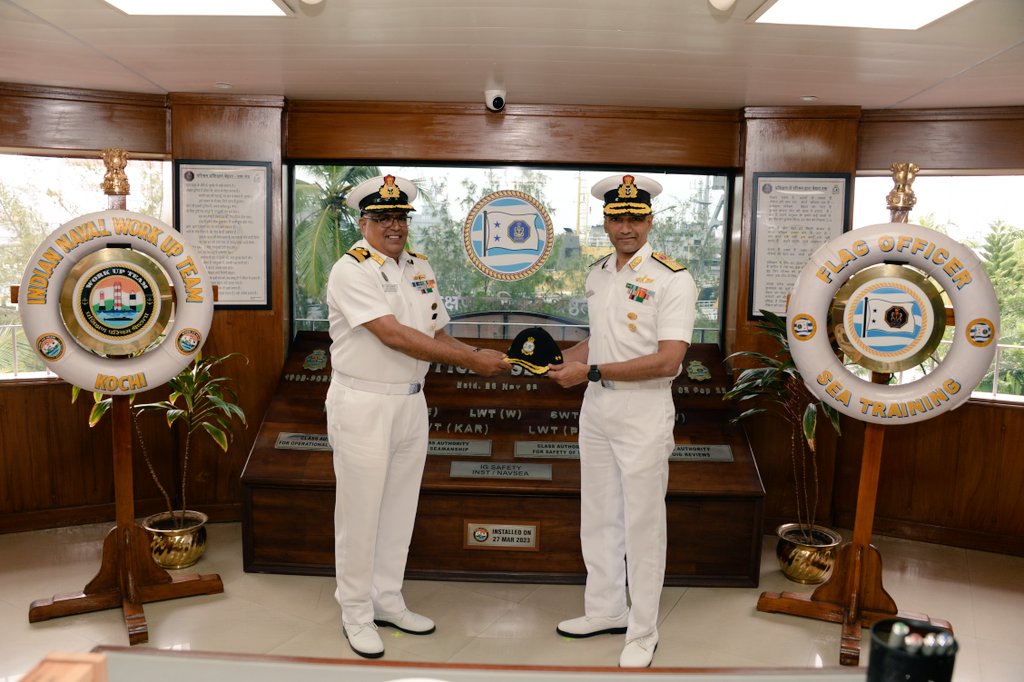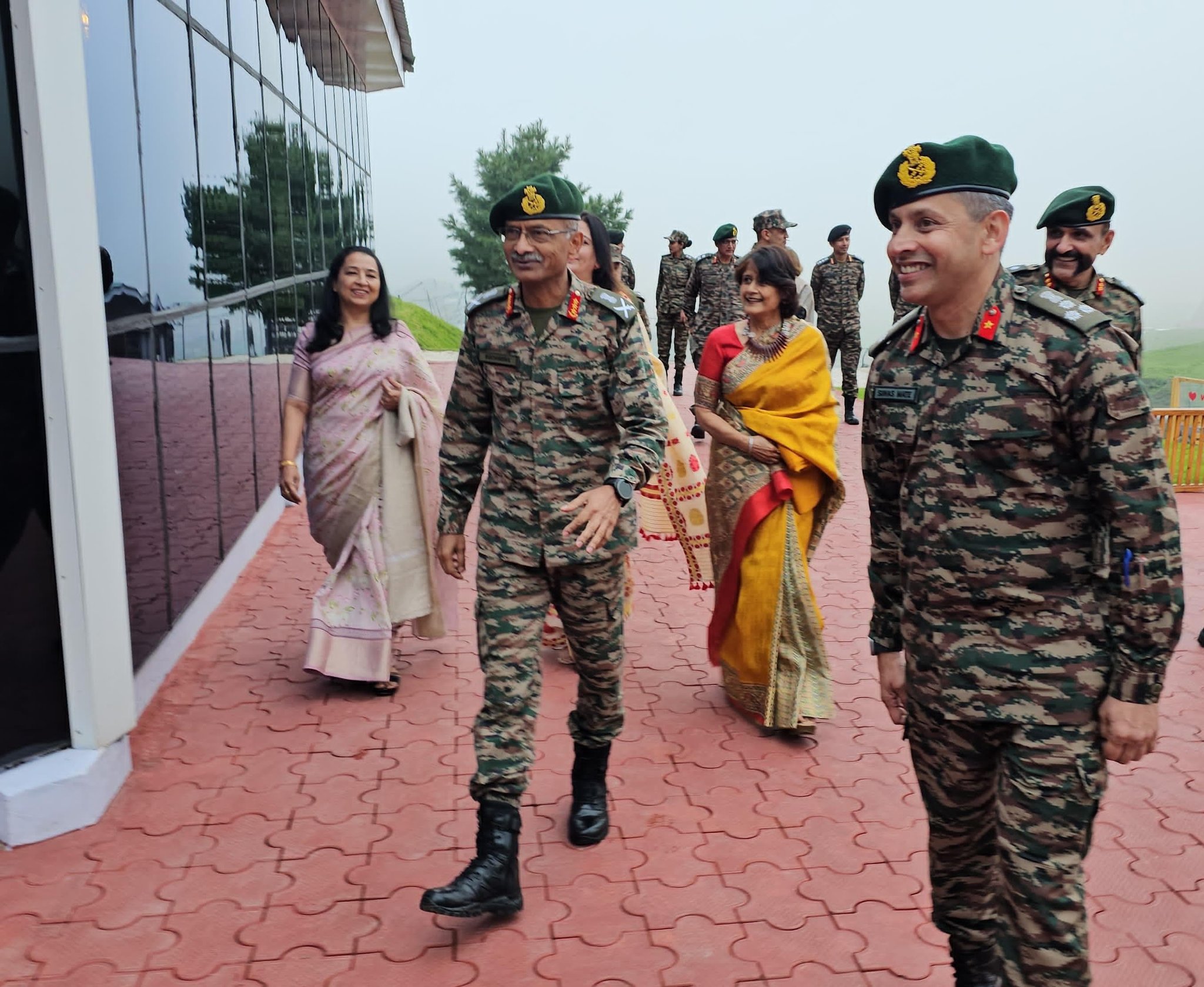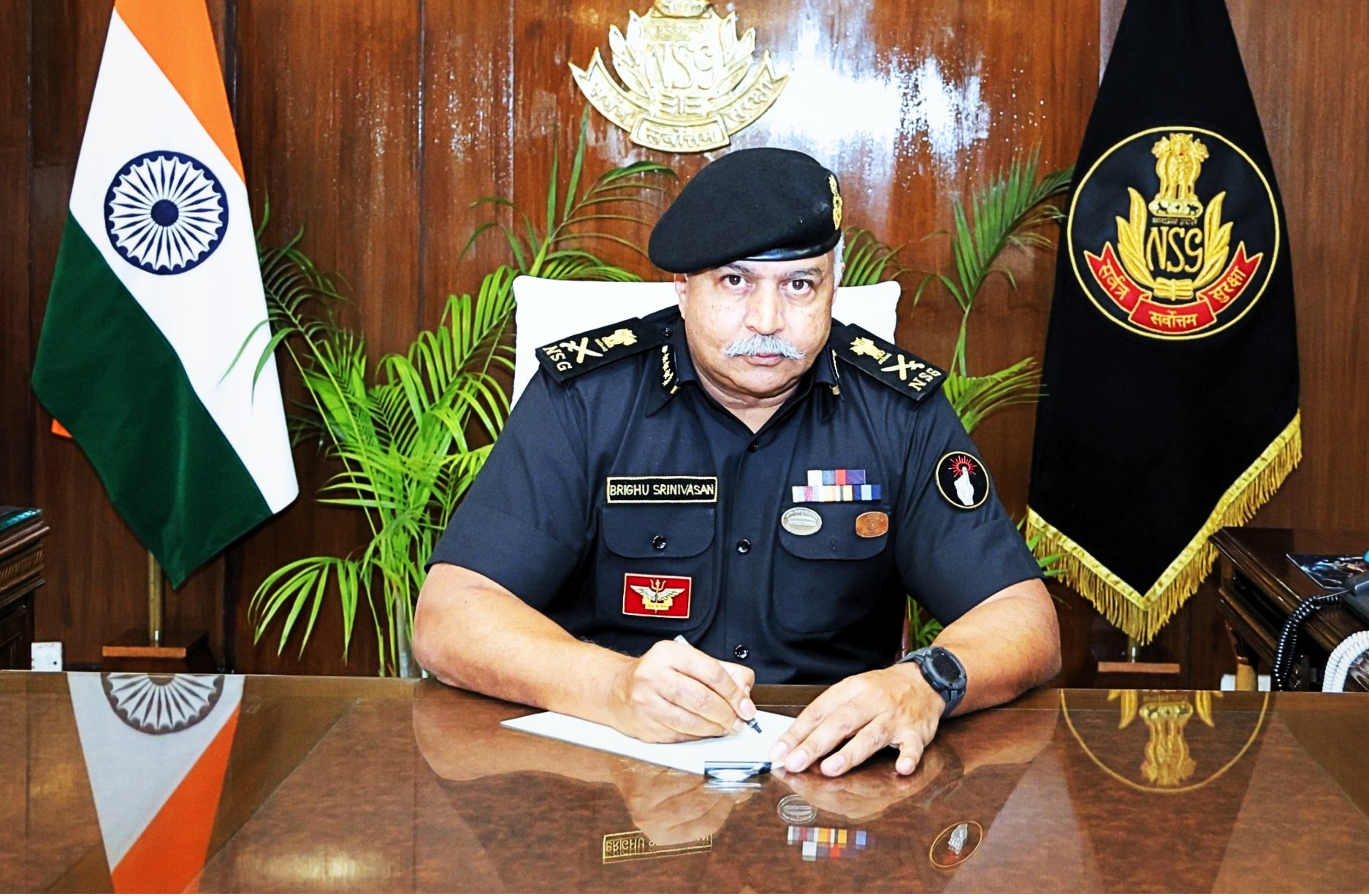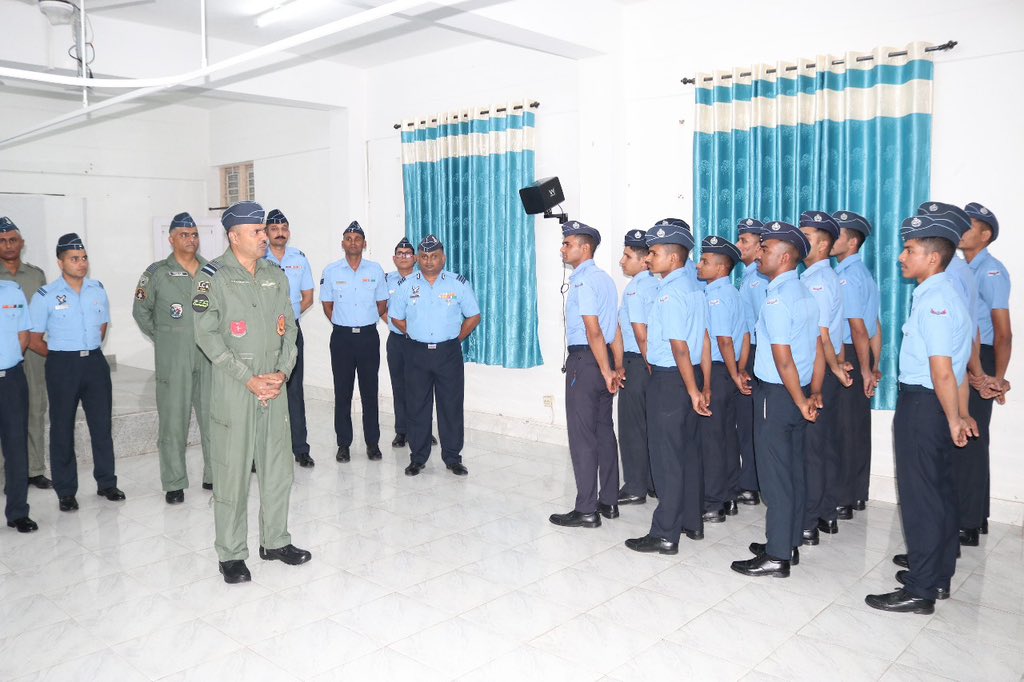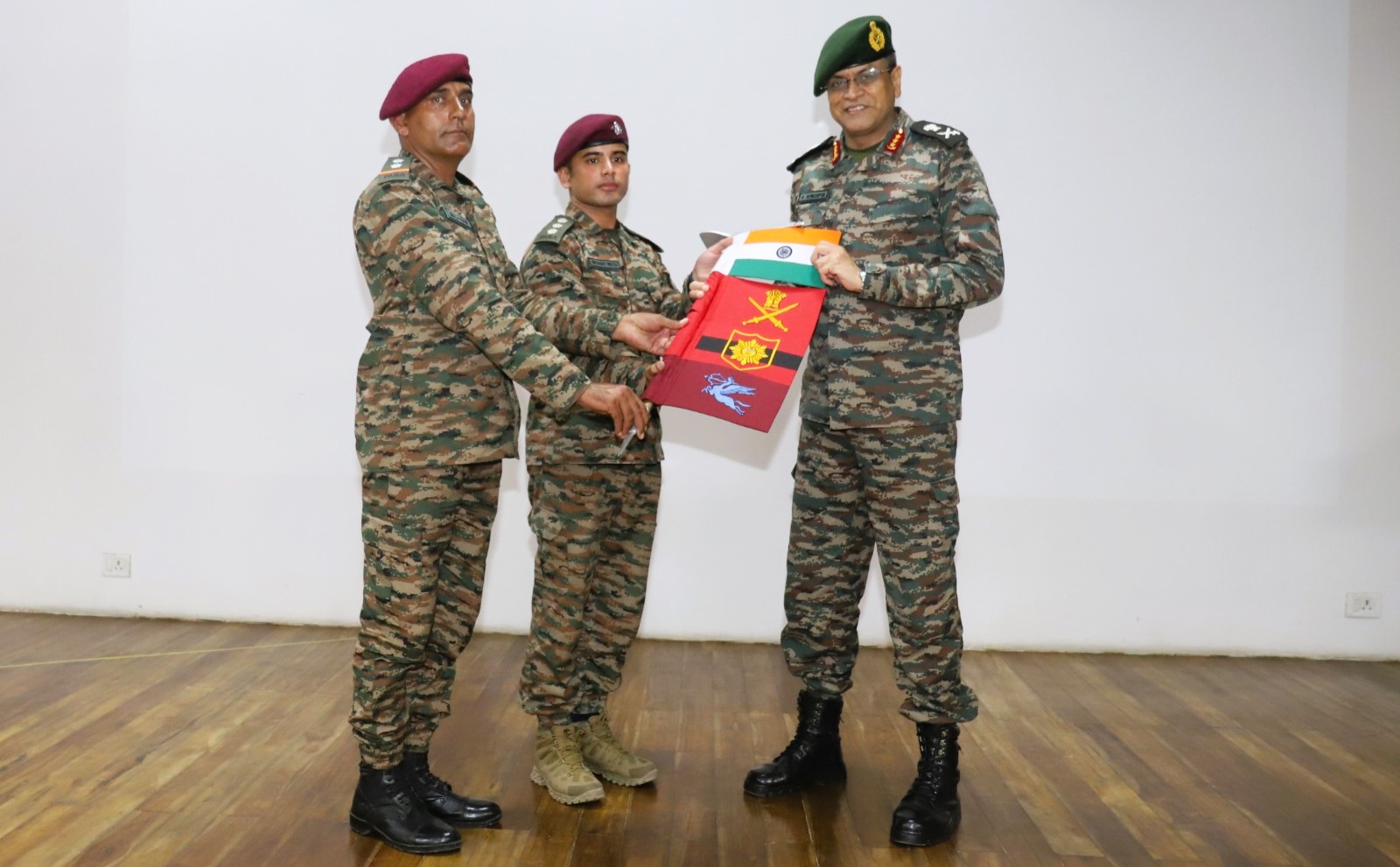Brigadier Saurabh Singh Shekhawat Retires After 30 Years of Illustrious Service
Brigadier Saurabh Singh Shekhawat, KC, SC, SM, VSM, one of the Indian Army's most decorated officers, has retired after three…
Rear Admiral Srinivas Maddula Appointed as New Flag Officer Sea Training
Rear Admiral Srinivas Maddula officially assumed the role of Flag Officer Sea Training, marking a significant milestone in his distinguished…
Lt Gen MV Suchindra Kumar inaugurates “Gul-A-Seum” Army Museum at Gulmarg
In a significant addition to the cultural landscape of Kashmir, Lieutenant General MV Suchindra Kumar, Army Commander Northern Command, today…
IPS Brighu Srinivasan Assumes Charge as Director General of National Security Guard
In a significant change of leadership, Sh Brighu Srinivasan, IPS, officially assumed the position of Director General of the National…
Air Marshal B Manikantan Reviews Operational Preparedness at AF Station Chimney Hills and Ballari Airfield
Air Marshal B Manikantan, AOC-in-C of the Southern Air Command, conducted a thorough review of the operational preparedness at the…
Lt Gen Anindya Sengupta Flags in Successful Mountaineering Team of Shatrujeet Brigade
In a commendable display of skill and perseverance, the 27-member mountaineering team of the Shatrujeet Brigade, known as the Surya…

